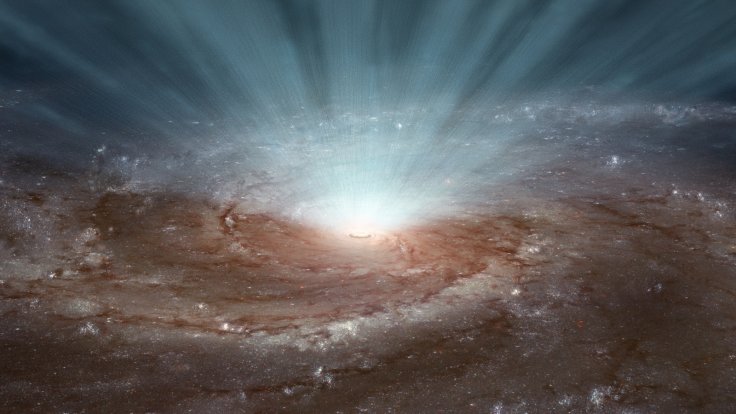
Over the years, scientists from all around the world struggled to find an answer for what was there before the Big Bang. But now a group of theoretical physicists have claimed that they may have found an answer to the question after the discovery of the ghost of a black hole in the cosmos.
The team of researchers that have scientists from Oxford University, the University of Warsaw, and the New York Maritime College believe that they have evidence which points to the remnants of black holes which existed in a universe, can be picked up in the electromagnetic radiation which is ever present in the universe where we are currently living in.
In the new research, the scientists stated that the leftovers of the most mysterious, powerful and intense thing in the universe, a black hole that is known as cosmic microwave background radiation or CMB contains energy from 'phantom' black holes that existed before our universe existed.
During the Big Bang, the creation of a new universe and when the existing universe ends, the background radiation from decaying black holes from the previous universe remains in the newly formed universe. Even though earlier scientists said that such powerful thing has the ability to distort space and time, the black hole also has to leave the last impression into the new universe that as per the scientists carries its legacy.
Researchers started the process, "Hawking points," which is named after genius late Stephen Hawking, who first theorised "Hawking radiation." The researcher believes that these points are the areas where the remains of radiation from now-extinct black holes still exist.
The theory provided by the scientists has become the most arguable discussions, as few experts claimed that these points are possibly the result of random scattering of the cosmic background radiation.
To ensure that their research process is on the right path, the scientists created randomized maps of background radiation to spot similar spots and clarify as many doubts as possible. Since the random data did not create the same phenomenon, the team believe that Hawking points are indeed the last remaining traces of previously existed black holes, which used to be a part of the previous version of this universe.
This idea came out from the colleague of late cosmologist Stephen Hawking, a physicist from the University of Oxford Roger Penrose. As per the Live Science, he said this is neither the black hole's singularity, nor about its actual, physical body but, "the... entire Hawking radiation of the hole throughout its history."
He added, "The thing about this period of time is that massless gravitons and photons don't really experience time or space. If the universe goes on and on and the black holes gobble up everything, at a certain point, we're only going to have black holes. Then what's going to happen is that these black holes will gradually, gradually shrink."








